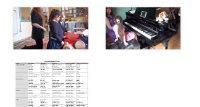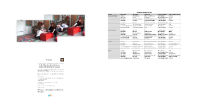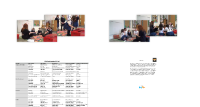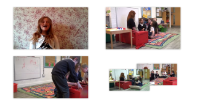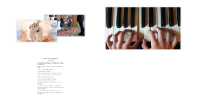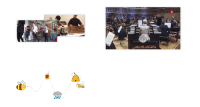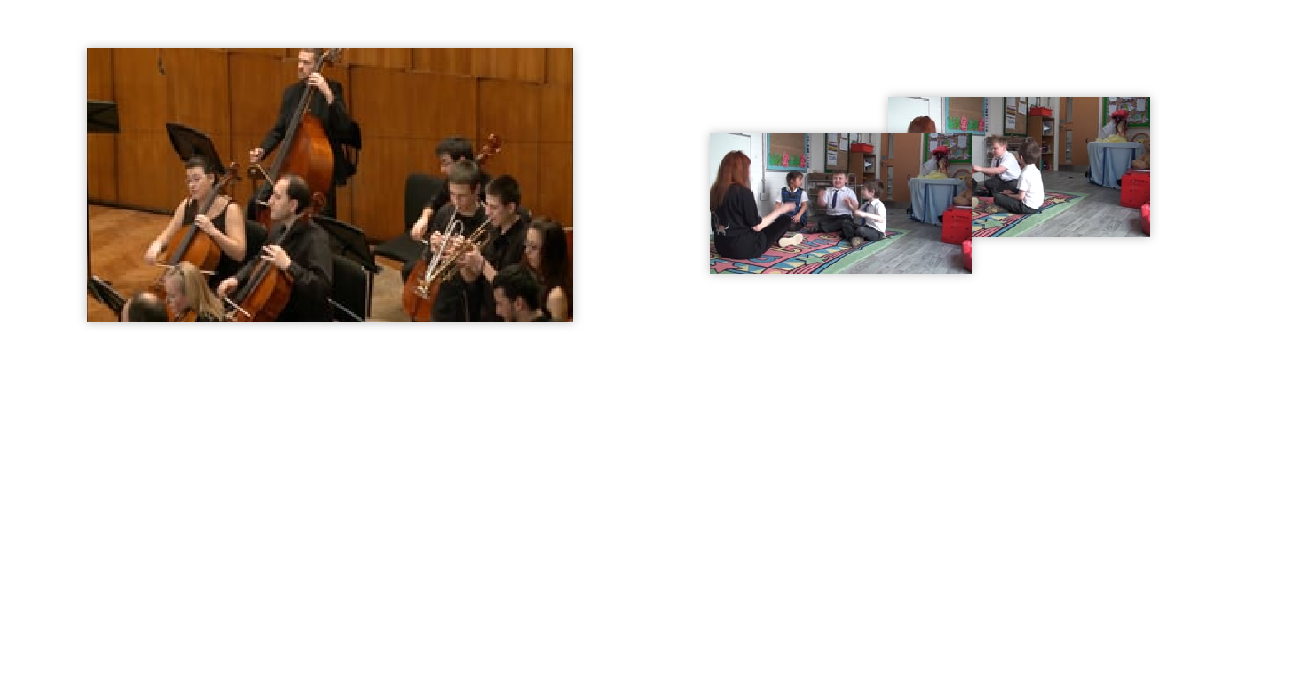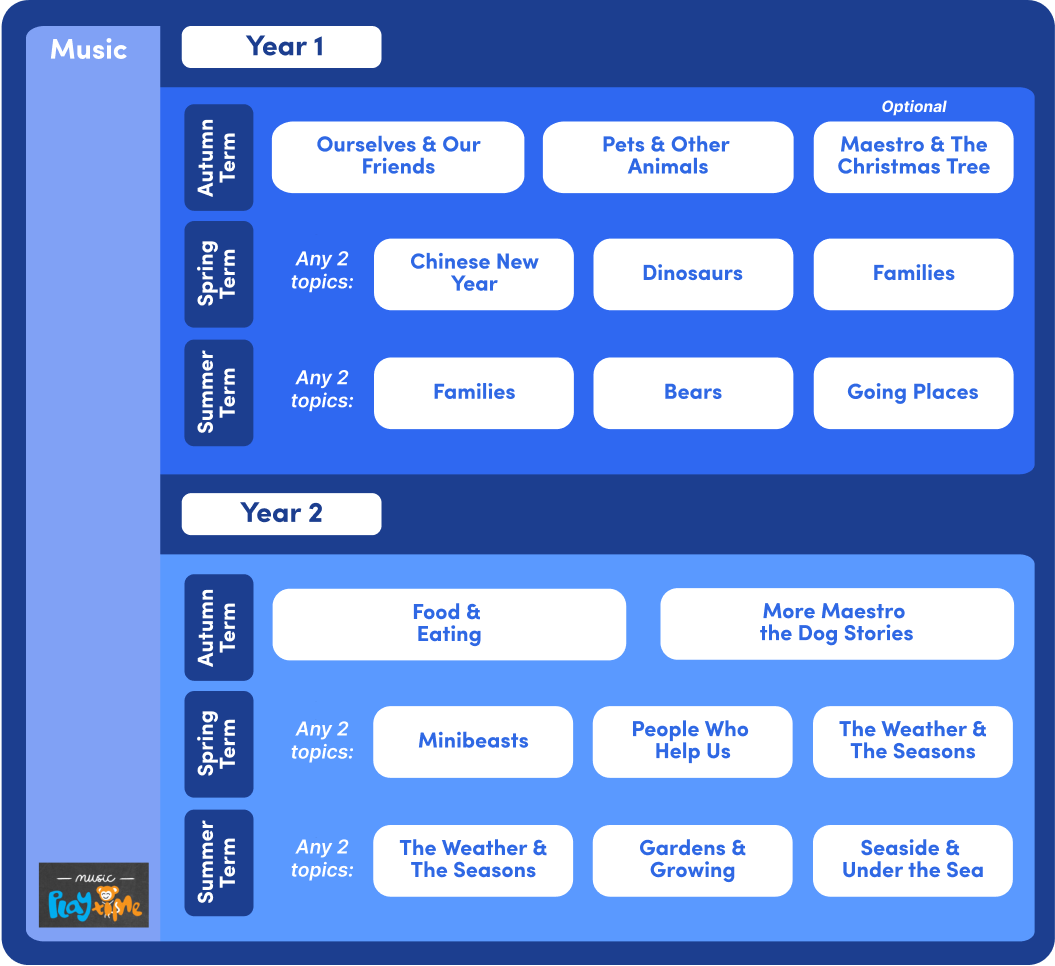The Weather & the Seasons Level: Key Stage 1
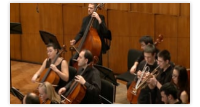
Guess the time of year in the music! (timbre)
Listen to the music and guess what time of year it is. Yes it's spring time and the birds are singing - I'm sure you'll bear the cuckoo, and several other twittering birds! Ask the children for hands up (silently) every time they hear a bird in the music.
The music is the Menuet from the Toy Symphony thought to have been composed by Leopold Mozart (the famous Mozart's father). A menuet is a dance from the 17th century. The children can see in the video how the unusual sounds are produced by 'toy' instruments.
Group Composing Activity (timbre, texture, structure)
After listening, the children could make up their own piece of music about Spring, choosing instruments to represent frogs croaking, birds singing and lambs bleating. The word to describe the essential sound that distinguishes one instrument from another is timbre. A basic outline of a structure is always a good idea and this can easily be done in a picture story-board format. Encourage different textures in the music - sometimes one instrument could play on its own (thin texture) and sometimes more than one (thicker texture).
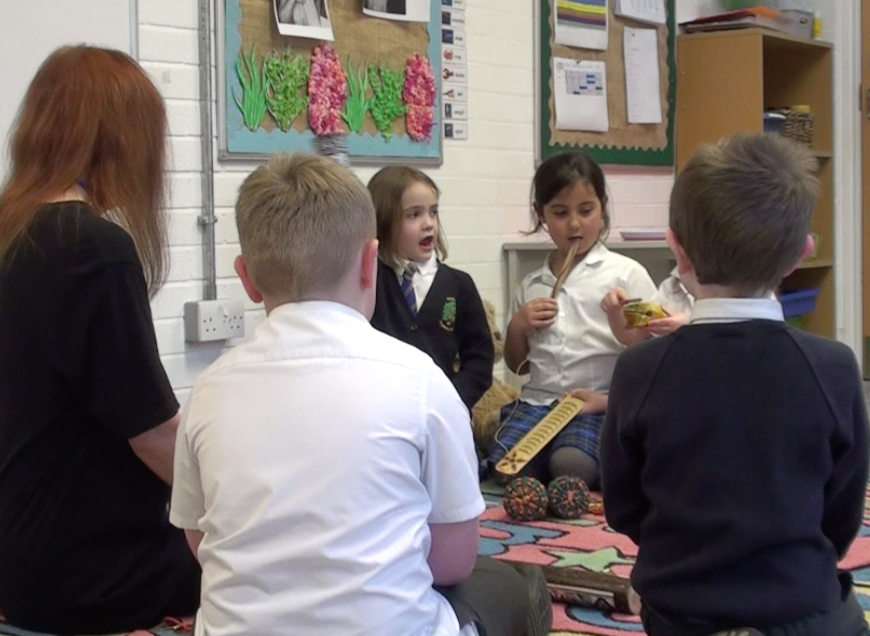

Nobody Out in the Rain Today
I composed this song out on a rainy walk with my dog, Couber. There really was nobody else silly enough to be walking in the pouring rain. So this one's for my lovely boy!
- Nobody out in the rain today
- Nobody else just you and me
- Nobody out in the rain today
- We're the only ones who are out to play
- __
- Plip plop plip plop plip plop pling
- When the rain pours we start to sing
- Drip drop drip drop drip drop drop
- Seems like the rain will never stop
- __
- Repeat verse 1
- ©Music-Playtime: Arts Enterprise Limited
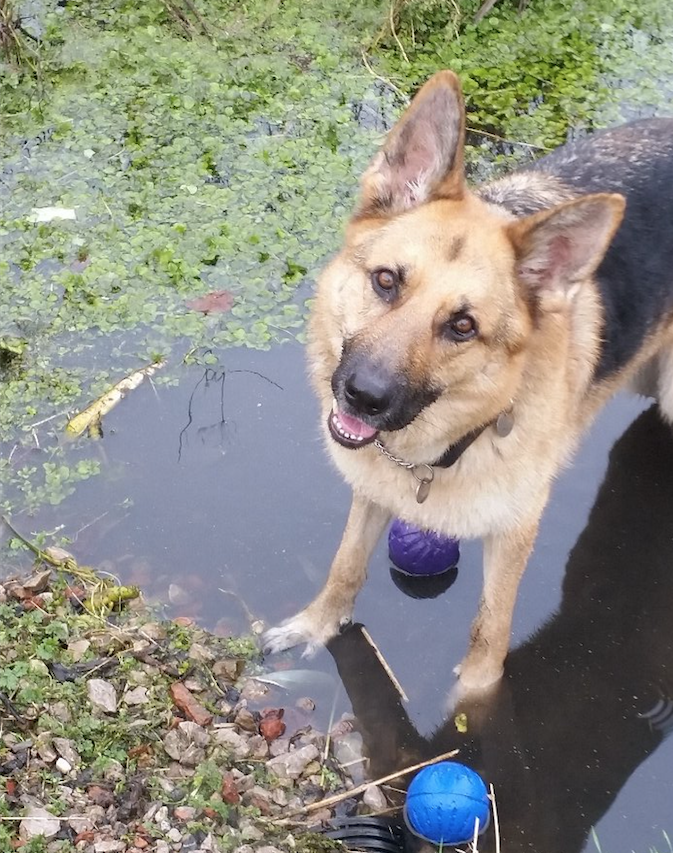
The Wind Blows East
Here's a traditional, but little-known, song about the the wind.
- Oh the wind blows east
- The wind blows west
- The wind blows the sunshine
- Right down in town
- Oh the wind blows the sunshine
- Right down in town
- Oh the winds blow the sunshine
- Right down in town
- __
- Oh the wind blows east
- The wind blows west
- The wind blows the setting star
- Right down in town
- Oh the wind blows the setting star
- Right down in town
- Oh the wind blows the setting star
- Right down in town
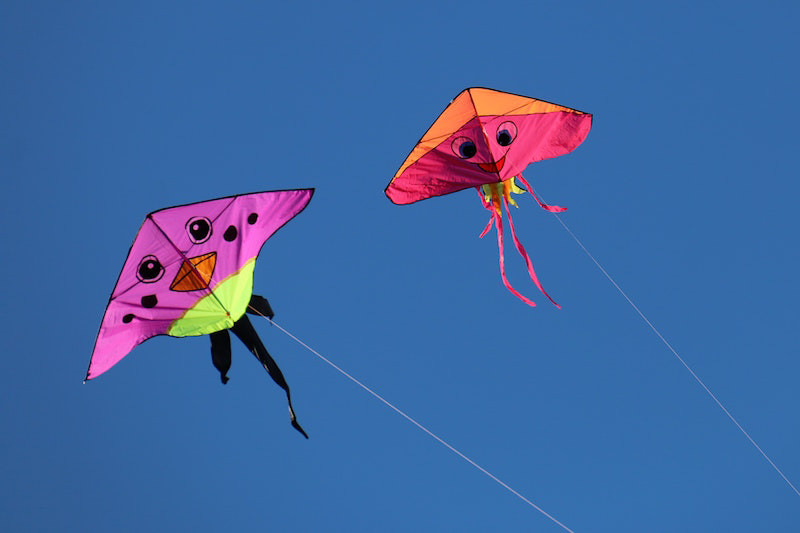
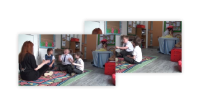
Frosty Snowball (pulse)
This is a passing-in-time game in which the children pass the 'snowball' on the strong beats, which sound like the most important words, like this:
FROSTY snowball, PASS it on ... and ... Get RID of the frosty SNOWball.
It helps to pat knees on the strong beats before you begin passing the snowball round. Perhaps a fluffy, white ball might be more convincing as a snowball?
We've Got It!
The children are starting to pass in time with the music here.
Spring Summer Autumn Winter music (timbre, pulse, rhythm)
In a circle, first everyone chant the words: Spring, Summer, Autumn, Winter lots of times, walking on the spot, in time, as you chant. Next, divide the group into four. Each group is allocated a season and plays sounds in time with their season, as everyone chants:
- Spring - rattle a tin containing rice, once
- Summer - click two wooden paintbrushes together, twice
- Autumn - tap a plastic cup with a plastic spoon, twice
- Winter - bang two metal spoons together, twice
The children will need to practise keeping in time and making their sound only when it's their turn, in time with the chanting.
Group work with instruments (timbre, pulse, rhythm)
In groups of four, the children swap their 'found sound' for an instrument eg:
- Spring - scraper
- Summer - drum
- Autumn - claves
- Winter - shaker
Now they take it in turns to play just their sound with a steady pulse but no chanting. Draw attention to the different timbres (sounds) made by the instruments compared with the found sounds.
Keeping a Steady Pulse
You'll need to remind the children to keep a steady pulse - by now they will be starting to grasp the concept of 'steady pulse'. Here's an example of children playing with a steady pulse:
Below is an example of children playing the same instruments in the same order but without a steady pulse. You could ask the children which of these two performances has a steady pulse (closed question - it's the first one) and which they prefer (open question - it's their opinion).
Cross curricular Activity (art)
The children could next have fun making colourful graphic representations of the music. In groups, they make four really big, wax crayon pictures or paintings: Spring, Summer, Autumn and Winter. Put them up on the wall in order, with the 'found sound' instruments on a shelf or table underneath the matching picture.
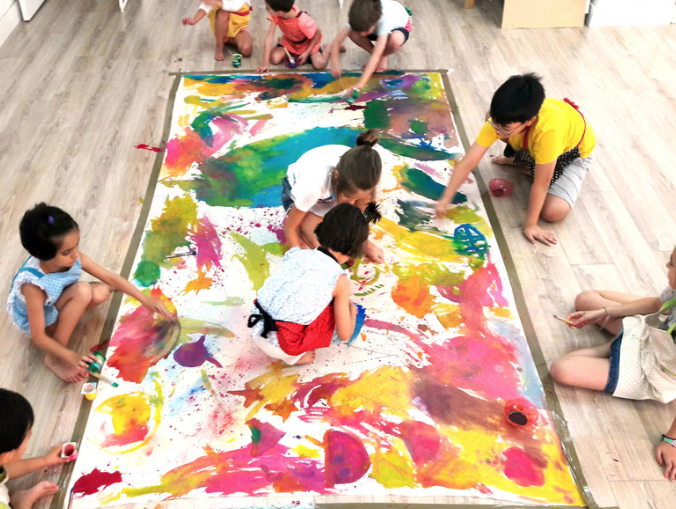
Picture by kind permission of Jane Hayes

A Listening Walk
A listening walk in the immediate environment is great fun - in a nearby park if you have one, or the outdoor playground. There are always sounds if we stop and listen quietly. Ask the children to tell you the sounds they hear eg bird song, cars, talking, the rustle of leaves, the wind, dogs barking, footsteps. You could make a list and the children might bring reminders indoors such as leaves or gravel.
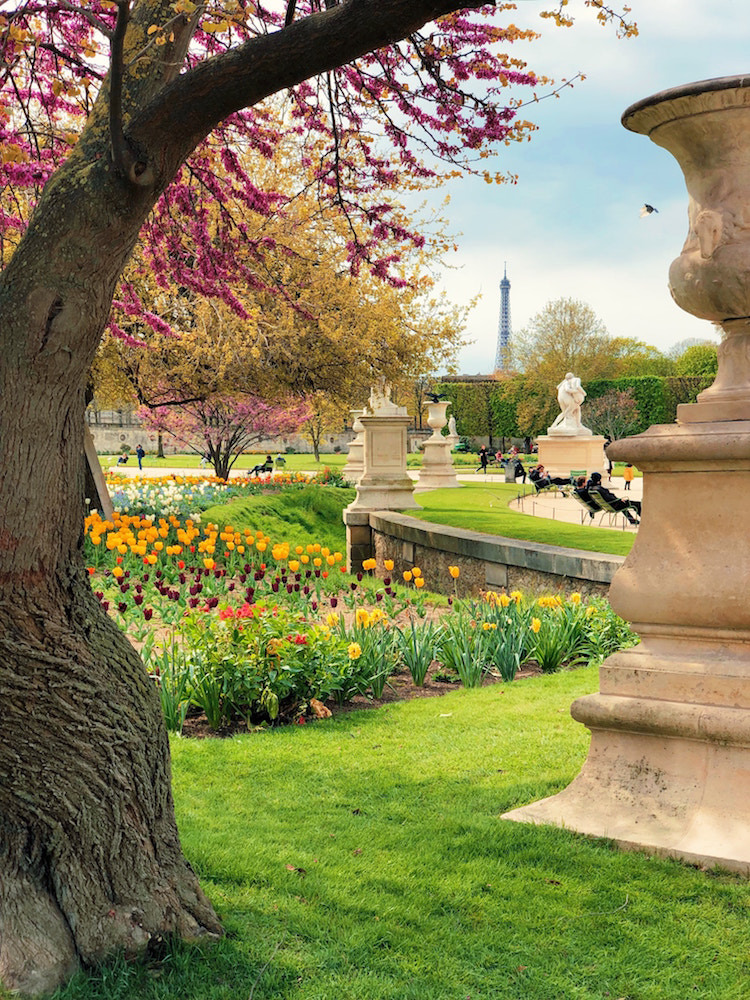
A Sound Picture (timbre, structure, texture)
Back indoors, the children can re-create the sounds they heard using found objects, body sounds and musical instruments eg chime bars for bird song, claves for footsteps, rustling crisp packets for leaves, wafting paper for the wind, voices for a dog barking. Some sounds might happen on their own (thin texture) and some might be played at the same time as others (thick texture).

Summer (pitch)
This music is Summer by the composer Glazunov, from The Seasons.
You could suggest that they children make big movements up and down to show the note pitch going higher and lower. This is good for dancing to with floaty scarves.
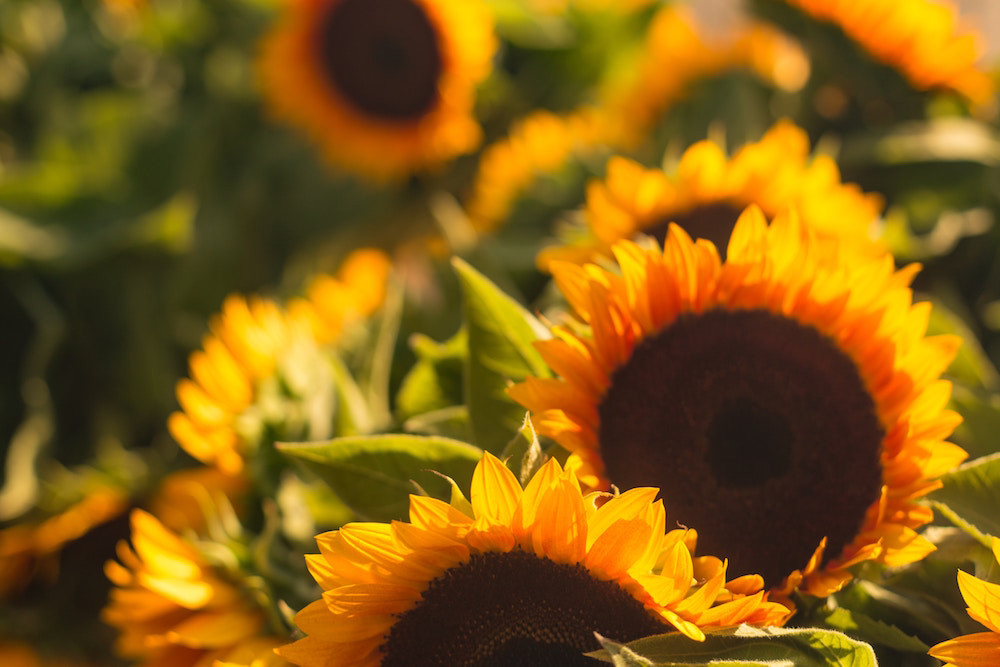
Twinkle Twinkle (tempo, pulse)
Summer is a good time for seeing the stars in the clear night sky. Here's some music for marching in time, a fun version of the well-known Twinkle Twinkle Little Star tune. The arrangement changes significantly in the middle and you could ask the children to do a different action there, such as standing still and clapping, then go back to marching when the original style of music returns.


A Listening Collage
You need magazines, glue, large sheets of paper and safe scissors The children all create a picture of what they heard on the listening walk by cutting out and sticking on pictures they have found or drawn eg dog pictures, real leaves, rice or lentils to represent gravel.
I like the idea of this being a random representation of sounds, a reminder of a happy sound experience rather than a score to be followed as a timeline.
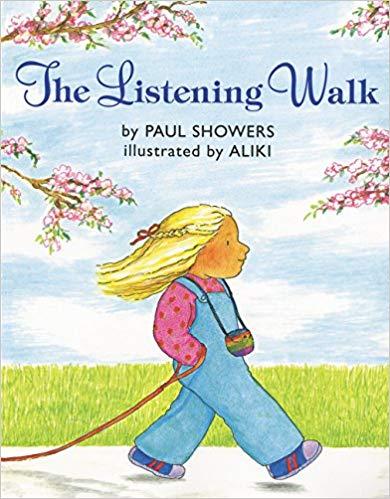
The Listening Walk
A lovely book for children of this age, by Paul Showers.
ISBN 0064433226 Publisher Harper Collins

Guess the time of year in the music! (timbre)
Listen to the music and guess what time of year it is. Yes it's spring time and the birds are singing - I'm sure you'll bear the cuckoo, and several other twittering birds! Ask the children for hands up (silently) every time they hear a bird in the music.
The music is the Menuet from the Toy Symphony thought to have been composed by Leopold Mozart (the famous Mozart's father). A menuet is a dance from the 17th century. The children can see in the video how the unusual sounds are produced by 'toy' instruments.
Group Composing Activity (timbre, texture, structure)
After listening, the children could make up their own piece of music about Spring, choosing instruments to represent frogs croaking, birds singing and lambs bleating. The word to describe the essential sound that distinguishes one instrument from another is timbre. A basic outline of a structure is always a good idea and this can easily be done in a picture story-board format. Encourage different textures in the music - sometimes one instrument could play on its own (thin texture) and sometimes more than one (thicker texture).


Nobody Out in the Rain Today
I composed this song out on a rainy walk with my dog, Couber. There really was nobody else silly enough to be walking in the pouring rain. So this one's for my lovely boy!
- Nobody out in the rain today
- Nobody else just you and me
- Nobody out in the rain today
- We're the only ones who are out to play
- __
- Plip plop plip plop plip plop pling
- When the rain pours we start to sing
- Drip drop drip drop drip drop drop
- Seems like the rain will never stop
- __
- Repeat verse 1
- ©Music-Playtime: Arts Enterprise Limited

The Wind Blows East
Here's a traditional, but little-known, song about the the wind.
- Oh the wind blows east
- The wind blows west
- The wind blows the sunshine
- Right down in town
- Oh the wind blows the sunshine
- Right down in town
- Oh the winds blow the sunshine
- Right down in town
- __
- Oh the wind blows east
- The wind blows west
- The wind blows the setting star
- Right down in town
- Oh the wind blows the setting star
- Right down in town
- Oh the wind blows the setting star
- Right down in town


Frosty Snowball (pulse)
This is a passing-in-time game in which the children pass the 'snowball' on the strong beats, which sound like the most important words, like this:
FROSTY snowball, PASS it on ... and ... Get RID of the frosty SNOWball.
It helps to pat knees on the strong beats before you begin passing the snowball round. Perhaps a fluffy, white ball might be more convincing as a snowball?
We've Got It!
The children are starting to pass in time with the music here.
Spring Summer Autumn Winter music (timbre, pulse, rhythm)
In a circle, first everyone chant the words: Spring, Summer, Autumn, Winter lots of times, walking on the spot, in time, as you chant. Next, divide the group into four. Each group is allocated a season and plays sounds in time with their season, as everyone chants:
- Spring - rattle a tin containing rice, once
- Summer - click two wooden paintbrushes together, twice
- Autumn - tap a plastic cup with a plastic spoon, twice
- Winter - bang two metal spoons together, twice
The children will need to practise keeping in time and making their sound only when it's their turn, in time with the chanting.
Group work with instruments (timbre, pulse, rhythm)
In groups of four, the children swap their 'found sound' for an instrument eg:
- Spring - scraper
- Summer - drum
- Autumn - claves
- Winter - shaker
Now they take it in turns to play just their sound with a steady pulse but no chanting. Draw attention to the different timbres (sounds) made by the instruments compared with the found sounds.
Keeping a Steady Pulse
You'll need to remind the children to keep a steady pulse - by now they will be starting to grasp the concept of 'steady pulse'. Here's an example of children playing with a steady pulse:
Below is an example of children playing the same instruments in the same order but without a steady pulse. You could ask the children which of these two performances has a steady pulse (closed question - it's the first one) and which they prefer (open question - it's their opinion).
Cross curricular Activity (art)
The children could next have fun making colourful graphic representations of the music. In groups, they make four really big, wax crayon pictures or paintings: Spring, Summer, Autumn and Winter. Put them up on the wall in order, with the 'found sound' instruments on a shelf or table underneath the matching picture.

Picture by kind permission of Jane Hayes

A Listening Walk
A listening walk in the immediate environment is great fun - in a nearby park if you have one, or the outdoor playground. There are always sounds if we stop and listen quietly. Ask the children to tell you the sounds they hear eg bird song, cars, talking, the rustle of leaves, the wind, dogs barking, footsteps. You could make a list and the children might bring reminders indoors such as leaves or gravel.

A Sound Picture (timbre, structure, texture)
Back indoors, the children can re-create the sounds they heard using found objects, body sounds and musical instruments eg chime bars for bird song, claves for footsteps, rustling crisp packets for leaves, wafting paper for the wind, voices for a dog barking. Some sounds might happen on their own (thin texture) and some might be played at the same time as others (thick texture).

Summer (pitch)
This music is Summer by the composer Glazunov, from The Seasons.
You could suggest that they children make big movements up and down to show the note pitch going higher and lower. This is good for dancing to with floaty scarves.

Twinkle Twinkle (tempo, pulse)
Summer is a good time for seeing the stars in the clear night sky. Here's some music for marching in time, a fun version of the well-known Twinkle Twinkle Little Star tune. The arrangement changes significantly in the middle and you could ask the children to do a different action there, such as standing still and clapping, then go back to marching when the original style of music returns.


A Listening Collage
You need magazines, glue, large sheets of paper and safe scissors The children all create a picture of what they heard on the listening walk by cutting out and sticking on pictures they have found or drawn eg dog pictures, real leaves, rice or lentils to represent gravel.
I like the idea of this being a random representation of sounds, a reminder of a happy sound experience rather than a score to be followed as a timeline.

The Listening Walk
A lovely book for children of this age, by Paul Showers.
ISBN 0064433226 Publisher Harper Collins




